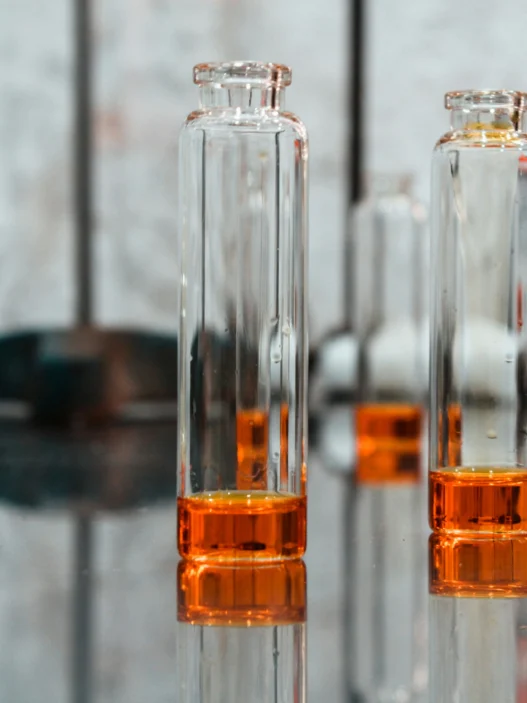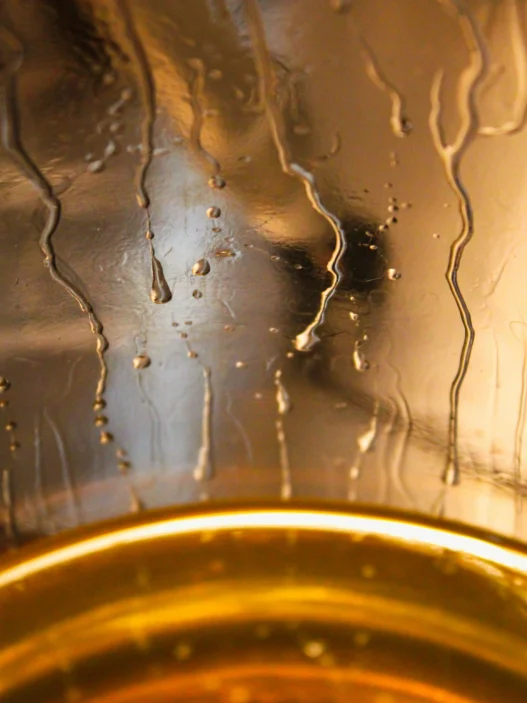2-Phenylbutyric acid, a compound commonly used in the production of fragrances and pharmaceuticals, holds relevance in everyday life due to its contribution to the olfactory experience and medicinal properties. Its presence in perfumes and scented products enhances pleasurable sensations, while its role in certain medications aids in the treatment of various conditions. As such, 2-Phenylbutyric acid serves as a key component in shaping individual experiences and promoting health and well-being in society.
Table of Contents:
- 💡 Commercial Applications
- ⚗️ Chemical & Physical Properties
- 🏭 Production & Procurement
- ⚠️ Safety Considerations
- 🔬 Potential Research Directions
- 🧪 Related Compounds
💡 Commercial Applications
One of the commercial and industrial applications of 2-Phenylbutyric acid is its use as a chemical intermediate in the production of various pharmaceutical and agricultural products. It is commonly used in the synthesis of certain drugs and pesticides.
Additionally, 2-Phenylbutyric acid is utilized in the fragrance industry as a key ingredient in the production of perfumes and other scented products. Its pleasant odor makes it a popular choice for adding fragrance to a wide range of consumer goods.
In terms of drug and medication applications, 2-Phenylbutyric acid has been investigated for its potential therapeutic effects in treating various medical conditions. It has shown promising results in the treatment of certain metabolic disorders and neurological diseases.
⚗️ Chemical & Physical Properties
2-Phenylbutyric acid, also known as alpha-phenylbutyric acid, is a white crystalline solid that typically appears as a powder with a faint, characteristic odor.
With a molar mass of approximately 164.21 g/mol and a density of about 1.05 g/cm3, 2-Phenylbutyric acid is heavier compared to common food items such as water (molar mass: 18.015 g/mol, density: 1.00 g/cm3) and sugar (molar mass: 342.30 g/mol, density: 1.59 g/cm3).
The melting point of 2-Phenylbutyric acid is around 76-77°C, while its boiling point is approximately 270-274°C. These values are higher compared to common food items like butter (melting point: 32-35°C, boiling point: 175-190°C) and olive oil (melting point: -6-2°C, boiling point: 190-225°C).
2-Phenylbutyric acid is sparingly soluble in water, with a solubility of about 0.5 g/L at 25°C. It exhibits low viscosity in solution. This differs from common food items like salt and sugar, which are highly soluble in water and have higher viscosities when dissolved.
🏭 Production & Procurement
2-Phenylbutyric acid is typically produced through the oxidation of 2-Phenylbutyraldehyde, an intermediate compound derived from benzene. This process involves the use of various oxidizing agents such as potassium permanganate or chromic acid, resulting in the formation of 2-Phenylbutyric acid.
The procurement of 2-Phenylbutyric acid can be achieved through chemical synthesis in industrial settings. The compound can be purchased from chemical suppliers in liquid or solid form, depending on the specific requirements of the end user. Transportation of 2-Phenylbutyric acid is typically done in sealed containers to prevent contamination or degradation during transit.
When procuring 2-Phenylbutyric acid, it is important to ensure compliance with safety regulations and guidelines for handling hazardous chemicals. Proper storage conditions should be maintained to prevent accidental spills or exposure. Additionally, transportation of 2-Phenylbutyric acid should be carried out in accordance with applicable regulations to mitigate potential risks to human health and the environment.
⚠️ Safety Considerations
Safety considerations for 2-Phenylbutyric acid should be taken seriously due to its potential hazards. This compound can cause skin irritation, eye irritation, and respiratory irritation upon exposure. It is also harmful if swallowed, inhaled, or absorbed through the skin. Therefore, proper personal protective equipment such as gloves, goggles, and a lab coat should be worn when handling 2-Phenylbutyric acid to minimize the risk of these negative effects.
Hazard statements for 2-Phenylbutyric acid include “Causes skin irritation,” “Causes serious eye irritation,” and “May cause respiratory irritation.” These statements alert individuals to the potential dangers of this compound and emphasize the importance of proper handling and storage procedures. It is essential to adhere to these hazard statements to prevent any accidents or injuries related to 2-Phenylbutyric acid exposure.
Precautionary statements for 2-Phenylbutyric acid recommend wearing protective gloves, eye protection, and face protection when handling this compound. It is also advised to wash hands thoroughly after handling and avoid breathing in dust, fumes, gas, mist, vapors, or spray. In case of skin irritation or rash, it is necessary to seek medical advice and attention. By following these precautionary statements, individuals can minimize the risk of adverse health effects associated with 2-Phenylbutyric acid exposure.
🔬 Potential Research Directions
One potential research direction for 2-Phenylbutyric acid lies in its use as a chiral building block for the synthesis of pharmaceuticals and agrochemicals. The asymmetric synthesis of compounds using 2-Phenylbutyric acid as a key intermediate offers a promising avenue for novel drug discovery and crop protection strategies.
Another avenue of research could focus on the pharmacological properties of 2-Phenylbutyric acid, particularly its potential as a therapeutic agent for various diseases. Studies investigating its anti-inflammatory, anti-cancer, and neuroprotective effects could provide valuable insights into the compound’s mechanisms of action and potential clinical applications.
Furthermore, exploring the environmental fate and toxicity of 2-Phenylbutyric acid in various ecosystems could shed light on its potential impact on human health and the environment. Understanding its biodegradability, bioaccumulation potential, and ecotoxicity could contribute to the development of regulations and guidelines for its safe use in industrial and agricultural settings.
🧪 Related Compounds
One similar compound to 2-Phenylbutyric acid is 3-Phenylpropionic acid. This compound has a similar molecular structure with a phenyl group attached to a three-carbon chain. The phenyl group imparts aromatic character to the compound, similar to 2-Phenylbutyric acid.
Another similar compound is 2-Phenylpropionic acid. In this compound, the phenyl group is attached to a two-carbon chain, similar to the structure of 2-Phenylbutyric acid. The presence of the phenyl group imparts similar chemical properties to both compounds.
One more similar compound is 2-Phenylethanoic acid, also known as Phenylacetic acid. This compound has a similar structure to 2-Phenylbutyric acid, with a phenyl group attached to a one-carbon chain. Phenylacetic acid is commonly found in natural sources and shares some chemical properties with 2-Phenylbutyric acid.





